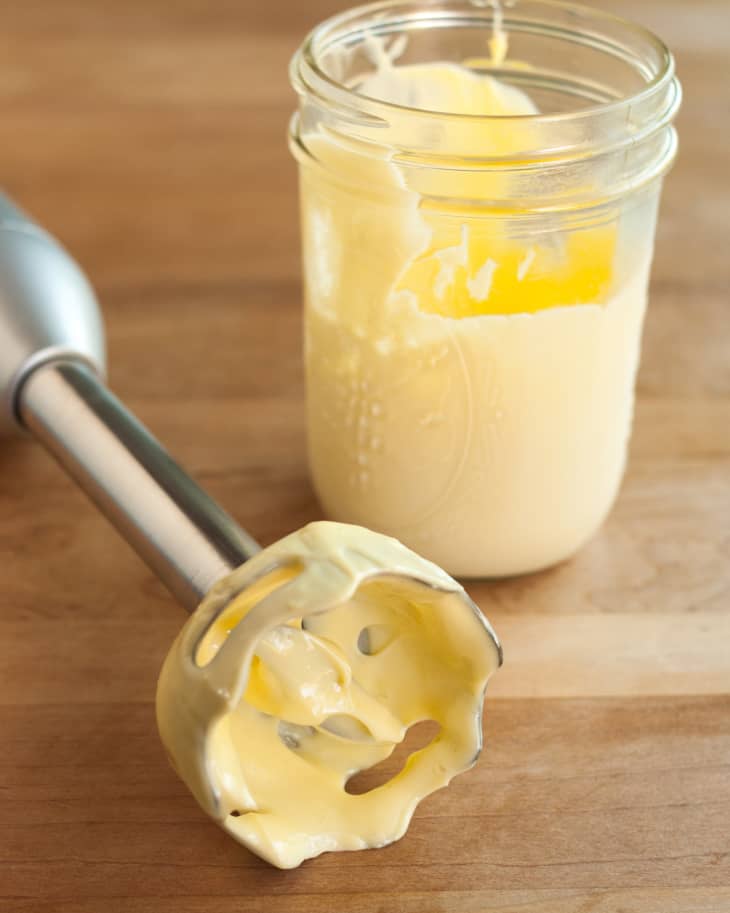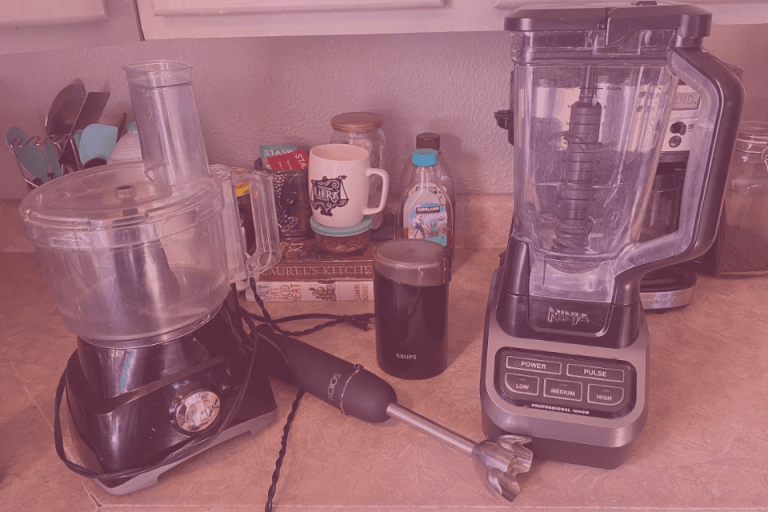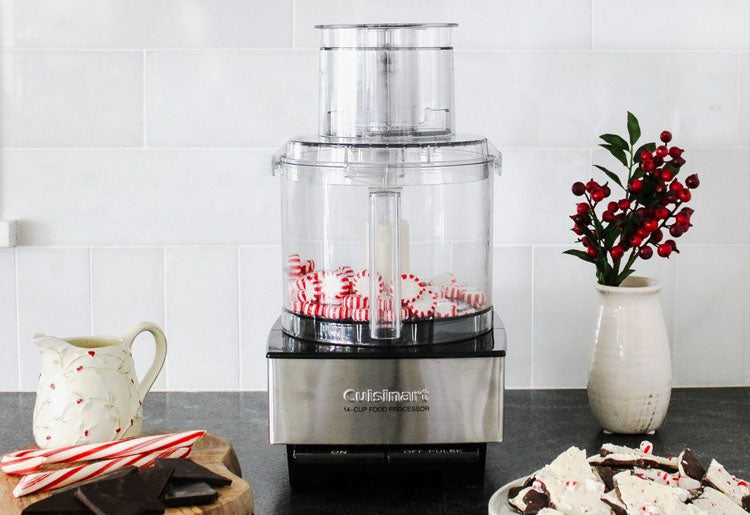How To Blend Without A Blender: Genius Kitchen Hacks!
To blend without a blender, use alternative tools like a food processor or a hand mixer. Alternatively, employ manual methods such as a mortar and pestle or a whisk.
Blending ingredients is a common kitchen task typically performed with a blender. Yet, not having this appliance doesn’t mean you can’t achieve the same results. There are several effective techniques to blend, mix, or purée without the convenience of a traditional blender.
These methods often bring a touch of the old-school approach to your food preparation, which can be especially handy in situations with limited kitchen resources or during power outages. This introduction outlines practical solutions by tapping into everyday kitchen tools and a bit of elbow grease to blend ingredients smoothly. Each method may vary in effort and technique, but the goal is the same: a well-combined final product.
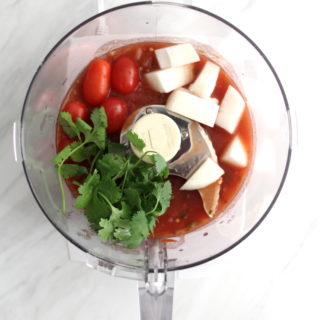
Credit: sofabfood.com
The Art Of Blending By Hand
Sometimes, the simplest tools in the kitchen are your own two hands. Blending ingredients without a blender is an age-old technique. It combines textures and flavors using manual methods. Let’s rediscover the charm and efficiency of hand blending through time-tested practices.
Section: Embracing Traditional TechniquesEmbracing Traditional Techniques
A range of traditional tools aid in hand blending. Food can be transformed without modern appliances. Here’s a list of handy equipment:
- Mortar and Pestle
- Fork or Potato Masher
- Whisk
- Cheesecloth or Fine Mesh Strainer
| Ingredient | Tool | Method |
|---|---|---|
| Herbs and Spices | Mortar and Pestle | Grind until fine |
| Cooked Vegetables | Fork/Potato Masher | Mash until smooth |
| Cream or Eggs | Whisk | Beat until combined |
| Juices or Purees | Cheesecloth/Mesh Strainer | Squeeze or press through |
The Role Of Elbow Grease
To effectively blend by hand, putting in effort is key. This means using physical power to mash, beat, and homogenize ingredients. The process can be invigorating. Here are steps to maximize hand blending:
- Choose appropriate tools for the texture desired.
- Apply consistent pressure and speed.
- Mix in varying directions for an even blend.
Making smoothies or soups? Use a back-and-forth motion with a fork to simulate a blender’s whirl. Creaming butter and sugar for a cake? Employ a wooden spoon and a strong arm to achieve lightness and volume. Energy and patience bring about the best results.
Essential Tools For Manual Blending
Have you ever found yourself ready to blend a tasty smoothie or soup, only to discover your blender is out of commission? Fear not! Even without high-tech gadgets, delicious purees remain within reach. All you need are ingenious methods and some basic kitchen tools. Let’s explore essential instruments and nifty hacks to blend ingredients manually!
Must-have Utensils
- Potato Masher: Crush soft fruits or vegetables with ease.
- Mortar and Pestle: Grind nuts, seeds, or grains into fine powder.
- Whisk: Whip or combine runny ingredients smoothly.
- Fork: Useful for breaking down soft items and light mashing.
- Rolling Pin: Help pulverize solid items placed in a sturdy bag.
Alternative Gadgets In Your Kitchen
Look around your kitchen, and you’ll find some surprising substitutes for a blender. Here’re choice items to harness!
| Gadget | Use for |
|---|---|
| Cheese Grater | Shredding soft produce or cheese |
| Hand Mixer | Combining batter or liquid ingredients |
| Fine Mesh Strainer | Separating pulp from juice |
| Food Mill | Creating smooth purées |
Techniques That Mimic A Blender’s Magic
Blenders make mixing and pureeing a breeze, but not everyone has one in the kitchen. These clever techniques can recreate the magic of a blender, no electricity required!
Fine Chopping Skills
Sharp knives are a must for fine chopping. Here’s how to get blender-like results:
- Use a sharp knife to cut food into small pieces.
- Chop using a rocking motion, bringing the knife over the food repeatedly.
- Ensure even consistency by gathering and re-chopping occasionally.
This method works wonders for salsas and pestos.
Mastering The Whisk And Fork
With a whisk or fork, you can emulate the aerating effect of a blender:
Beat eggs or cream using a brisk side-to-side motion.
For smoother textures, press through a sieve or strainer.
The trick lies in persistence and pace.
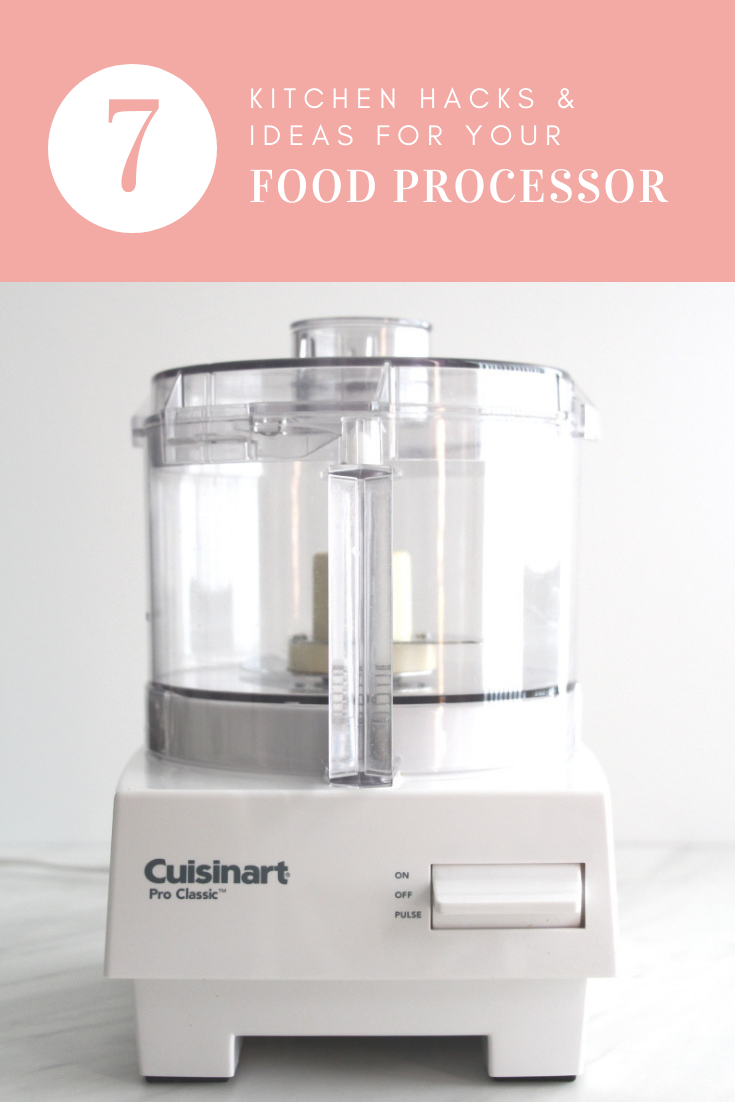
Credit: sofabfood.com
Recipes Ideal For No-blend Preparation
Think you need a blender to whip up mouthwatering recipes? Think again! Explore the realm of no-blend preparation. With a touch of creativity, common kitchen tools replace the need for a blender. Let’s dive into some delightful recipes that will amaze your taste buds without the whir of a machine.
Chunky Salsas And Pestos
Create vibrant, texture-rich salsas and pestos with simple kitchen tools. A sharp knife is your best friend here.
- Chop tomatoes, onions, and cilantro for a fresh salsa.
- For pesto, crush garlic and basil with a mortar and pestle.
- Grate hard cheeses like Parmesan with a box grater.
- Mix ingredients in a bowl and season well.
Each bite of these easy-to-make recipes pack a punch of flavor. Perfect for dipping or spreading!
Smooth Soups Using A Sieve
Craving smooth soups without a blender? A sieve or food mill works wonders.
- Cook your choice of vegetables until very soft.
- Drain them and reserve the liquid.
- Press vegetables through a sieve into a pot.
- Stir in the cooking liquid to reach desired consistency.
This technique creates smooth, creamy soups. Easy and delicious!
Innovative Approaches For Smooth Textures
Innovative approaches for achieving smooth textures in food can often make you miss your blender less. Discover some clever techniques that promise to get you as close to that velvety consistency without the need for any electronic gadgets.
Leveraging Soaking And Mashing
Soaking nuts, legumes, or grains softens them significantly. This simple process transforms your ingredients. Softened ingredients mash with ease, making them blend without a blender.
- Soak overnight in water
- Drain and rinse thoroughly
- Use a potato masher or fork
- Mash until the mixture is smooth
This technique works exceptionally well for making hummus, bean dips, or smooth pastes.
The Ice Cube Tray Puree Method
Freezing and then thawing can break down the fibers in fruits and vegetables. It simplifies the mashing process. The ice cube tray puree method takes advantage of this.
- Chop your fruit or veggies
- Spread them in an ice cube tray
- Freeze until solid
- Let them thaw slightly
- Mash using a strong spoon or masher
This process is ideal for creating purees for sauces, baby food, or soup bases.
Creative Solutions When You’re In A Pinch
Ever found yourself craving a smoothie, but no blender is in sight?
No need to worry. With a bit of creativity, you can whip up your favorite blended concoctions. People often forget the ingenuity of traditional methods, but they’re perfect for these situations. Let’s explore some innovative solutions for blending without a blender.
Bottle Shake Technique
Smoothies, dressings, and mixed drinks don’t always need a blender.
- Choose a bottle with a tight-sealing lid.
- Cut fruits, veggies, or other ingredients into small pieces.
- Add your solids and then liquids into the bottle.
- Seal the lid tight and start shaking vigorously.
- Continue until the mixture reaches your desired consistency.
Diy Mortar And Pestle Alternatives
Before blenders, there was the classic mortar and pestle.
| Alternative | How to Use |
|---|---|
| Bowl and Spoon | Press and crush ingredients in a sturdy bowl. |
| Rolling Pin | Crush ingredients between two sheets of parchment paper. |
| Hammer | Gently tap on ingredients inside a plastic bag. |
With these simple tools, you can grind and blend spices, nuts, and other ingredients with ease. Pureeing, crushing, and mixing become possible without any fancy equipment.
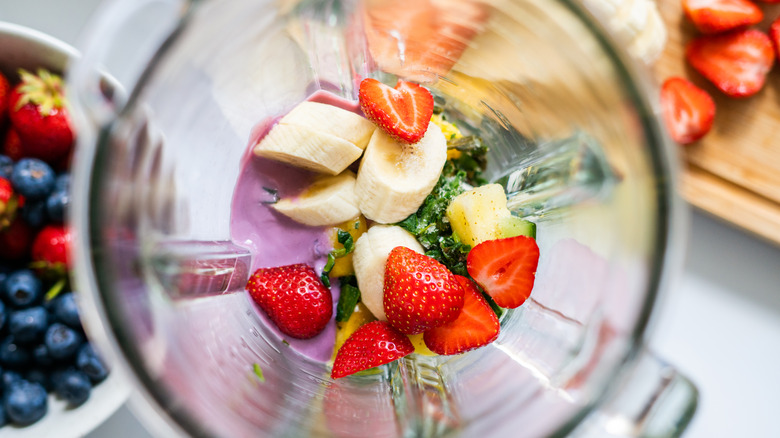
Credit: www.foodrepublic.com
Frequently Asked Questions For How To Blend Without A Blender
Can You Puree Food Without A Blender?
Yes, food can be pureed without a blender by using alternatives such as a fork, potato masher, or a food mill. For smoother textures, sieve pureed food to remove chunks.
What Kitchen Tools Can Blend Foods Manually?
To blend foods manually, a mortar and pestle, hand mixer, or whisk can be effective. Other implements include a sturdy spoon or a food mill for softer foods.
How To Mix Smoothie Ingredients Without A Blender?
Without a blender, you can make a smoothie by finely chopping ingredients and shaking them vigorously in a sealed container or stirring in a bowl with a whisk until well combined.
Is It Possible To Make Soup Creamy Without Blending?
Yes, creamy soup can be achieved without a blender by cooking ingredients until very soft and then mashing them. Adding dairy or non-dairy cream alternatives also helps in reaching a creamy consistency.
Conclusion
Crafting smooth, blended creations without a blender is certainly possible, and often, quite simple! Embrace these alternative methods and let your culinary creativity flourish. Whether mashing, whipping, or sieving, your kitchen skills will shine. So the next time you encounter a recipe requiring blending, remember these handy techniques and blend away, blender-free!

